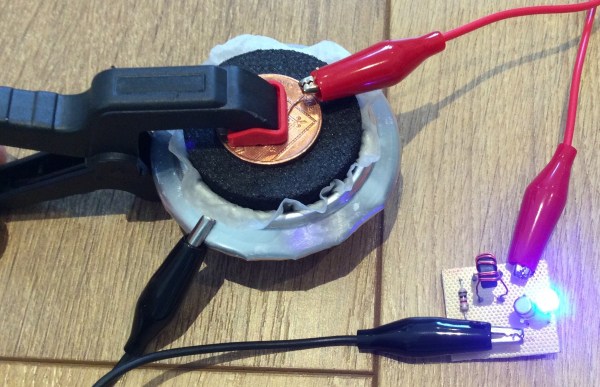Aluminium is a useful material, both for its light weight and resistance to corrosion. This resistance can be improved further with various treatments, one of the more popular being anodizing. This is the process behind the fancy colored metal bling on your cousin’s BMX bike. It’s possible to perform this in the home lab, when taking the appropriate precautions.
[The Recreational Machinist] has been experimenting with anodizing on and off for the last few years, and decided to share their process – as a “what did”, rather than a “how to”. The video is from the perspective of performing this task in the United Kingdom, as the availability of chemicals varies around the world and can affect the viability of various processes involved.
All the relevant techniques are covered, from cathode design to the hardware chosen to give the best results. There’s even discussion of the use of magnetic stirrers to prevent bubble marks, as well as proper cleaning processes to avoid unsightly blemishes from fingerprints or other contaminants. Perhaps the most useful tip provided is that using specific anodizing dyes does give the best results, though it is possible to get by with various types of clothing dye. As always, your mileage may vary.
There’s a big difference between reading theory and seeing the specifics of an actual working process, and [The Recreational Machinist] does a great job of showing off the realities of achieving this at home. We’ve seen it done before, with different chemicals too. Video after the break. Continue reading “Anodizing Aluminium In The Land Of The Queen”

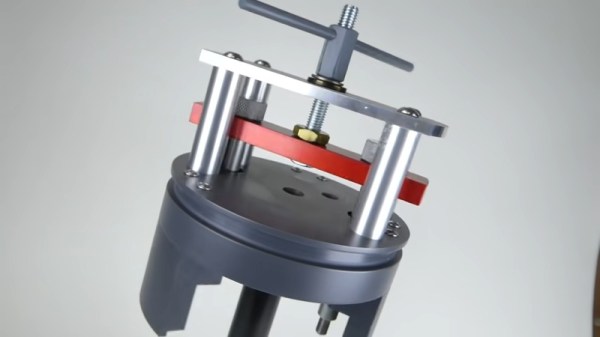
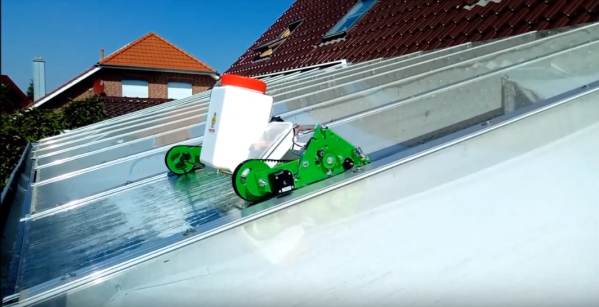
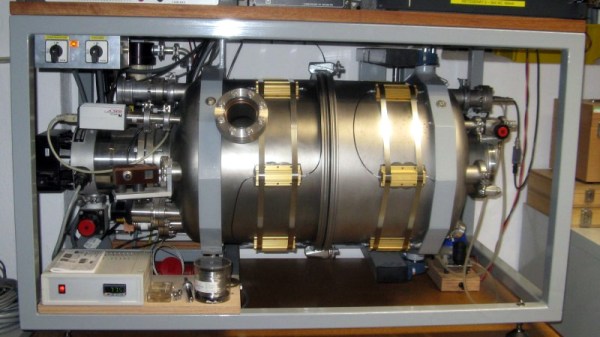
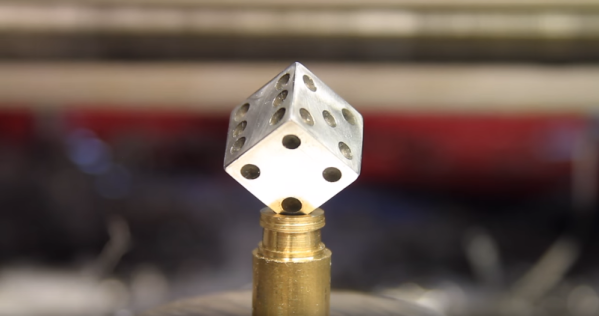
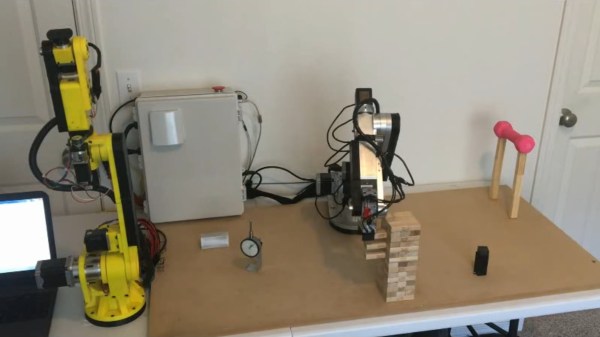
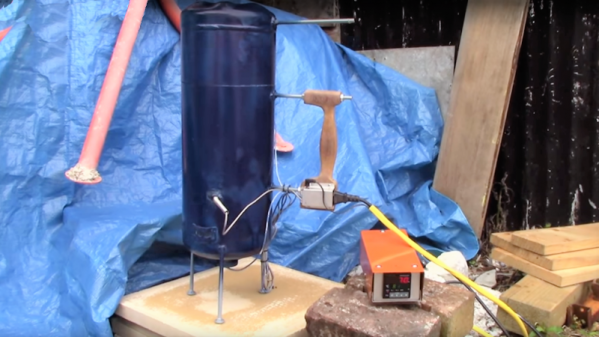
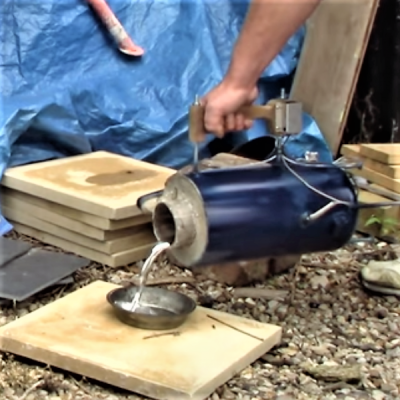 Sure, electric foundries lack some of the sex-appeal of gas- or even charcoal-fueled foundries, but by eschewing the open flames and shooting sparks, [Turbo Conquering Mega Eagle] was able to integrate the crucible into the foundry body and create what looks for all the world like a Thermos bottle for molten aluminum.
Sure, electric foundries lack some of the sex-appeal of gas- or even charcoal-fueled foundries, but by eschewing the open flames and shooting sparks, [Turbo Conquering Mega Eagle] was able to integrate the crucible into the foundry body and create what looks for all the world like a Thermos bottle for molten aluminum.